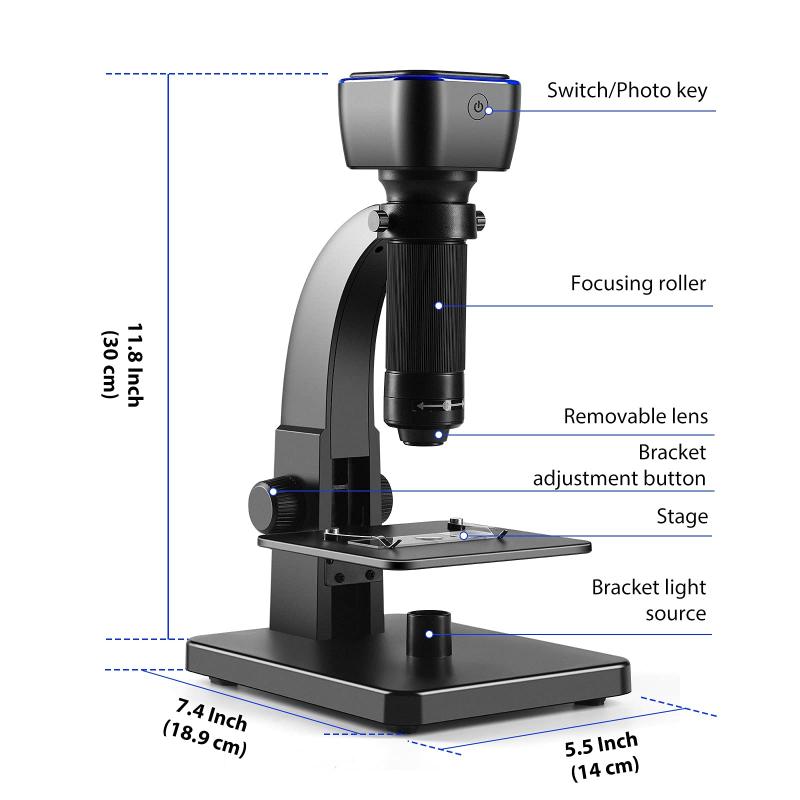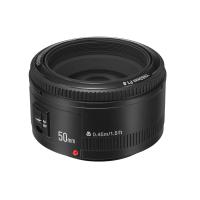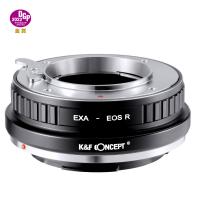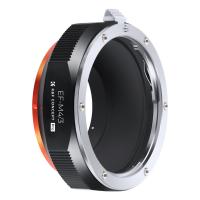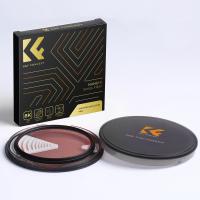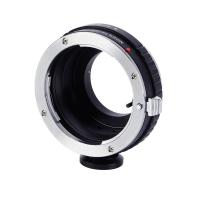What Is Scanning Electron Microscope ?
A scanning electron microscope (SEM) is a type of microscope that uses a focused beam of electrons to create high-resolution images of the surface of a sample. It works by scanning the sample with a finely focused electron beam, which interacts with the atoms on the surface of the sample. This interaction produces various signals, such as secondary electrons, backscattered electrons, and X-rays, which are then detected and used to create an image of the sample's surface. SEMs are capable of producing detailed images with magnifications ranging from a few times to several hundred thousand times, allowing for the examination of the sample's topography, morphology, and composition. They are widely used in various scientific fields, including materials science, biology, geology, and nanotechnology, for research, quality control, and characterization purposes.
1、 Principle of Scanning Electron Microscope (SEM)
A scanning electron microscope (SEM) is a powerful imaging tool used in scientific research and various industries to observe the surface morphology and composition of materials at a high resolution. It utilizes a beam of electrons instead of light to generate images, allowing for much greater magnification and detail.
The principle of SEM involves the interaction of the electron beam with the sample. The electron beam is focused onto the sample surface, causing the emission of various signals. These signals include secondary electrons, backscattered electrons, and characteristic X-rays. The secondary electrons provide information about the topography of the sample, while the backscattered electrons give insight into the atomic composition. The characteristic X-rays can be used to determine the elemental composition of the sample.
The SEM consists of several key components, including an electron source, electromagnetic lenses, a sample chamber, and detectors. The electron source typically uses a heated tungsten filament or a field emission gun to generate a beam of electrons. Electromagnetic lenses are used to focus and scan the electron beam across the sample surface. The detectors collect the emitted signals and convert them into an image.
In recent years, advancements in SEM technology have led to improved resolution and analytical capabilities. For example, the introduction of field emission guns has allowed for higher beam currents and better spatial resolution. Additionally, the integration of energy-dispersive X-ray spectroscopy (EDS) systems into SEMs enables elemental analysis with high sensitivity and accuracy.
Overall, the scanning electron microscope is a versatile tool that has revolutionized the field of microscopy. Its ability to provide detailed surface information and elemental analysis has made it invaluable in various scientific disciplines, including materials science, nanotechnology, biology, and geology.

2、 Components and Working of Scanning Electron Microscope (SEM)
A scanning electron microscope (SEM) is a powerful scientific instrument used to observe the surface of materials at a high resolution. It utilizes a beam of electrons instead of light to create images, allowing for much greater magnification and detail. The SEM is widely used in various fields such as materials science, biology, geology, and nanotechnology.
The main components of an SEM include an electron source, electromagnetic lenses, a sample chamber, detectors, and a computer system for image processing. The electron source, typically a heated tungsten filament or a field emission gun, emits a beam of electrons. The electromagnetic lenses focus and control the electron beam, allowing it to scan across the surface of the sample.
As the electron beam interacts with the sample, various signals are generated. These signals include secondary electrons, backscattered electrons, and characteristic X-rays. Detectors in the SEM collect and measure these signals, which are then processed by the computer system to create an image of the sample's surface.
The SEM offers several advantages over other microscopy techniques. It provides a three-dimensional view of the sample, allowing for detailed analysis of surface topography and morphology. It also offers high magnification capabilities, with resolutions down to nanometer scale. Additionally, the SEM can be used to analyze the elemental composition of the sample through energy-dispersive X-ray spectroscopy (EDS).
In recent years, advancements in SEM technology have led to improved imaging capabilities and faster data acquisition. For example, the introduction of field emission guns has allowed for higher resolution imaging and increased beam brightness. Additionally, the integration of EDS systems with SEMs has enabled simultaneous imaging and elemental analysis.
In conclusion, a scanning electron microscope is a sophisticated instrument that uses an electron beam to create high-resolution images of material surfaces. Its components and working principles allow for detailed analysis of surface morphology and elemental composition. With ongoing advancements, the SEM continues to be a valuable tool in scientific research and technological development.

3、 Applications of Scanning Electron Microscope (SEM)
A scanning electron microscope (SEM) is a powerful imaging tool that uses a focused beam of electrons to generate high-resolution images of the surface of a sample. Unlike optical microscopes, which use light waves, SEMs use electrons to achieve much higher magnification and resolution. The electron beam scans the surface of the sample, and the interaction between the electrons and the sample produces signals that are detected and used to create an image.
The SEM has a wide range of applications across various fields of science and industry. In materials science, it is used to study the microstructure of materials, such as metals, ceramics, and polymers. It can reveal details about the surface morphology, grain structure, and composition of the sample. This information is crucial for understanding the properties and behavior of materials, and it is used in fields like metallurgy, nanotechnology, and semiconductor research.
In biology and life sciences, SEMs are used to study the structure and morphology of biological samples, such as cells, tissues, and microorganisms. It allows researchers to visualize the intricate details of biological structures, such as cell membranes, organelles, and surface features. This information is vital for understanding biological processes, disease mechanisms, and developing new drugs and therapies.
In the field of geology, SEMs are used to analyze rocks, minerals, and fossils. It helps geologists study the composition, texture, and formation of geological samples, providing insights into Earth's history and processes.
The latest advancements in SEM technology have expanded its capabilities further. For example, environmental SEMs allow imaging of samples in their natural, hydrated state, enabling the study of dynamic processes in biology and materials science. Additionally, SEMs equipped with energy-dispersive X-ray spectroscopy (EDS) detectors can provide elemental analysis, allowing researchers to identify and map the distribution of different elements within a sample.
In conclusion, the scanning electron microscope is a versatile tool with a wide range of applications in various scientific and industrial fields. Its ability to provide high-resolution imaging and elemental analysis makes it an invaluable tool for researchers and engineers seeking to understand and manipulate the microstructure and properties of materials, study biological structures, and explore the geological world.
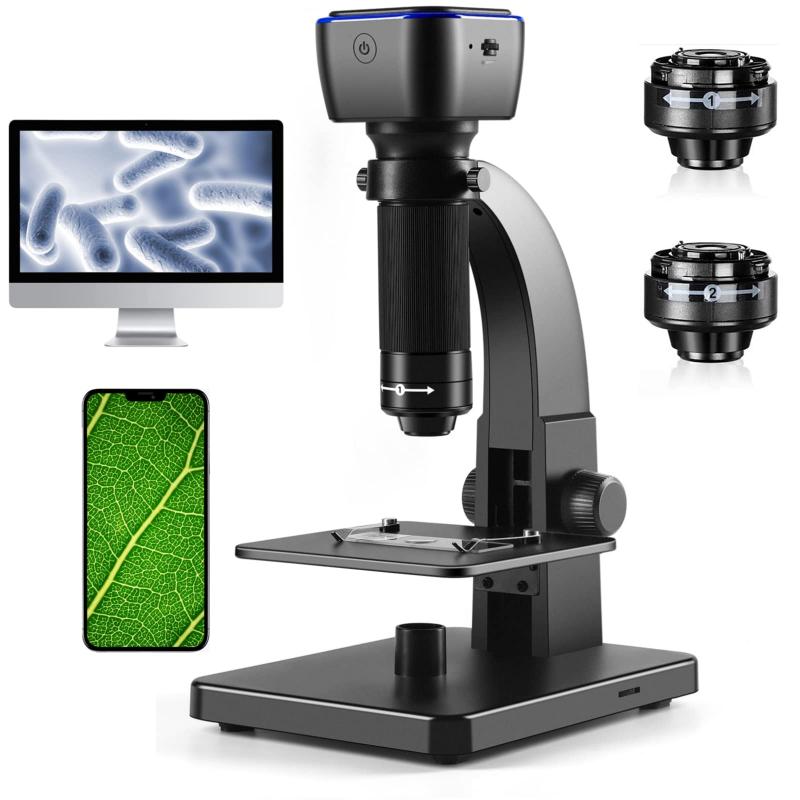
4、 Advantages and Limitations of Scanning Electron Microscope (SEM)
A scanning electron microscope (SEM) is a powerful imaging tool used in scientific research and various industries to examine the surface of materials at a high resolution. It works by scanning a focused beam of electrons across the sample, and detecting the signals emitted from the interaction between the electrons and the sample's surface.
Advantages of SEM:
1. High resolution: SEM provides detailed images with a resolution up to nanometer scale, allowing for the observation of fine surface features and structures.
2. Depth of field: SEM has a large depth of field, meaning that a large portion of the sample can be in focus at once, providing a three-dimensional view of the surface.
3. Magnification range: SEM offers a wide range of magnification, from low to high, allowing for the examination of both macro and micro structures.
4. Elemental analysis: SEM can be equipped with energy-dispersive X-ray spectroscopy (EDS) detectors, enabling the identification and mapping of elements present in the sample.
5. Sample versatility: SEM can analyze a wide range of samples, including solid materials, powders, fibers, and biological specimens, without the need for extensive sample preparation.
Limitations of SEM:
1. Vacuum requirement: SEM operates under high vacuum conditions, which limits the analysis of volatile or non-conductive samples.
2. Sample preparation: Samples need to be conductive or coated with a conductive material, such as gold or carbon, to prevent charging and improve image quality.
3. Lack of color information: SEM provides grayscale images, limiting the ability to distinguish different materials based on color.
4. Sample damage: The high-energy electron beam can potentially damage sensitive samples, especially biological specimens.
5. Cost and complexity: SEM is an expensive instrument to acquire and maintain, and its operation requires specialized training and expertise.
The latest advancements in SEM technology have focused on improving resolution, reducing sample damage, and enhancing analytical capabilities. For example, the introduction of field emission electron sources has significantly increased resolution and imaging quality. Additionally, advancements in environmental SEMs have allowed for the imaging of samples in their natural state, eliminating the need for vacuum conditions. Furthermore, the integration of advanced detectors and software has improved elemental analysis and mapping capabilities, providing more comprehensive information about the sample's composition.
